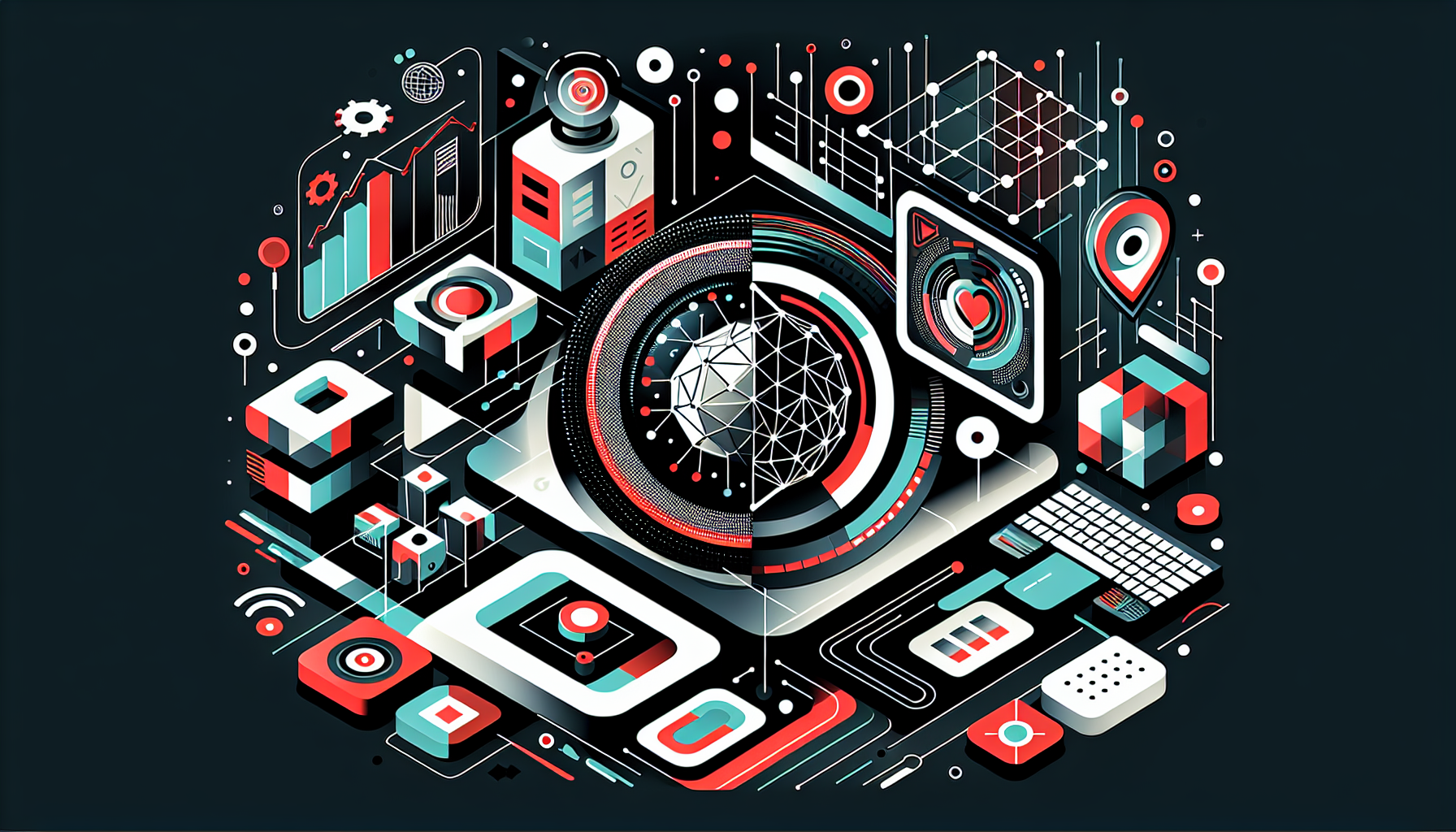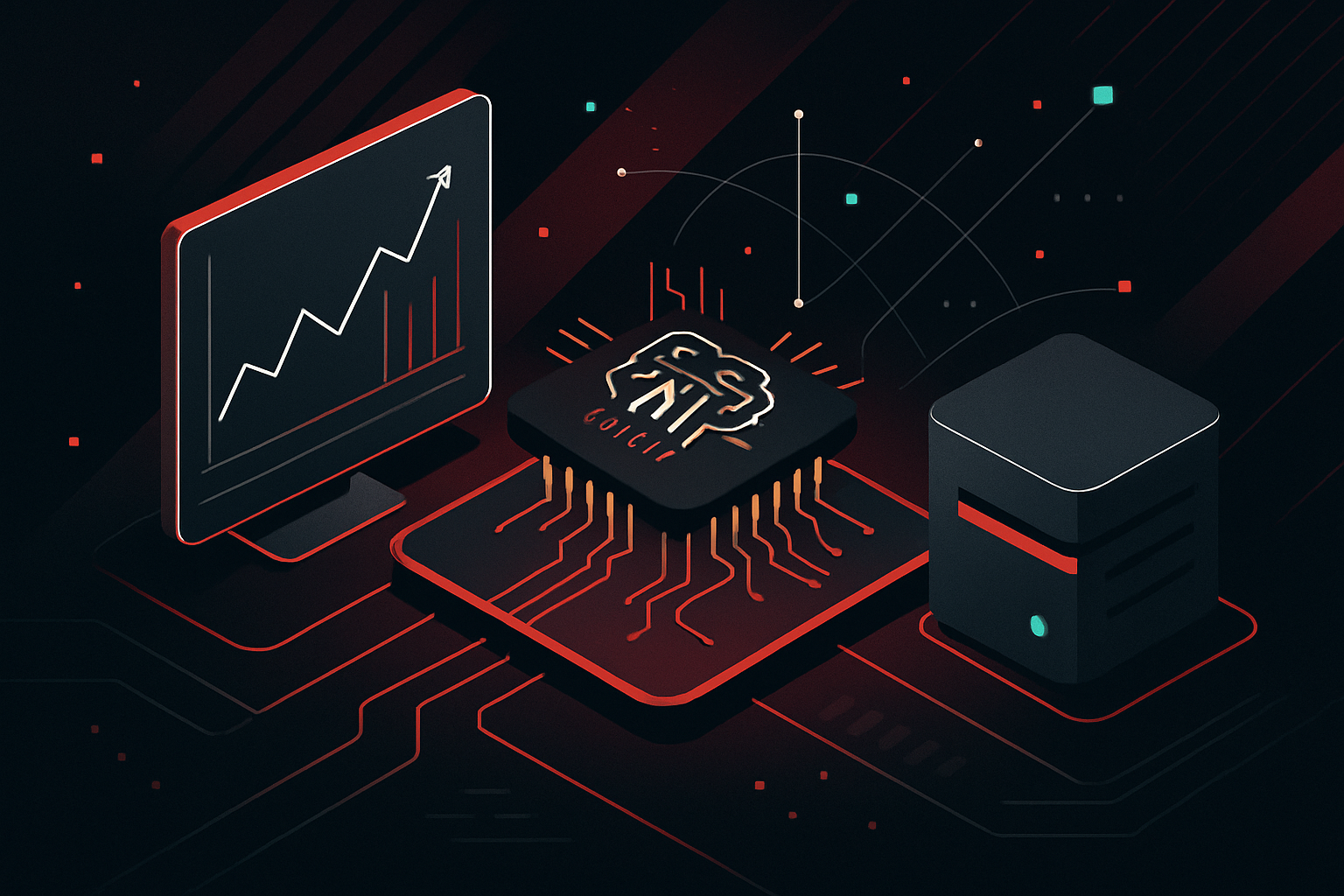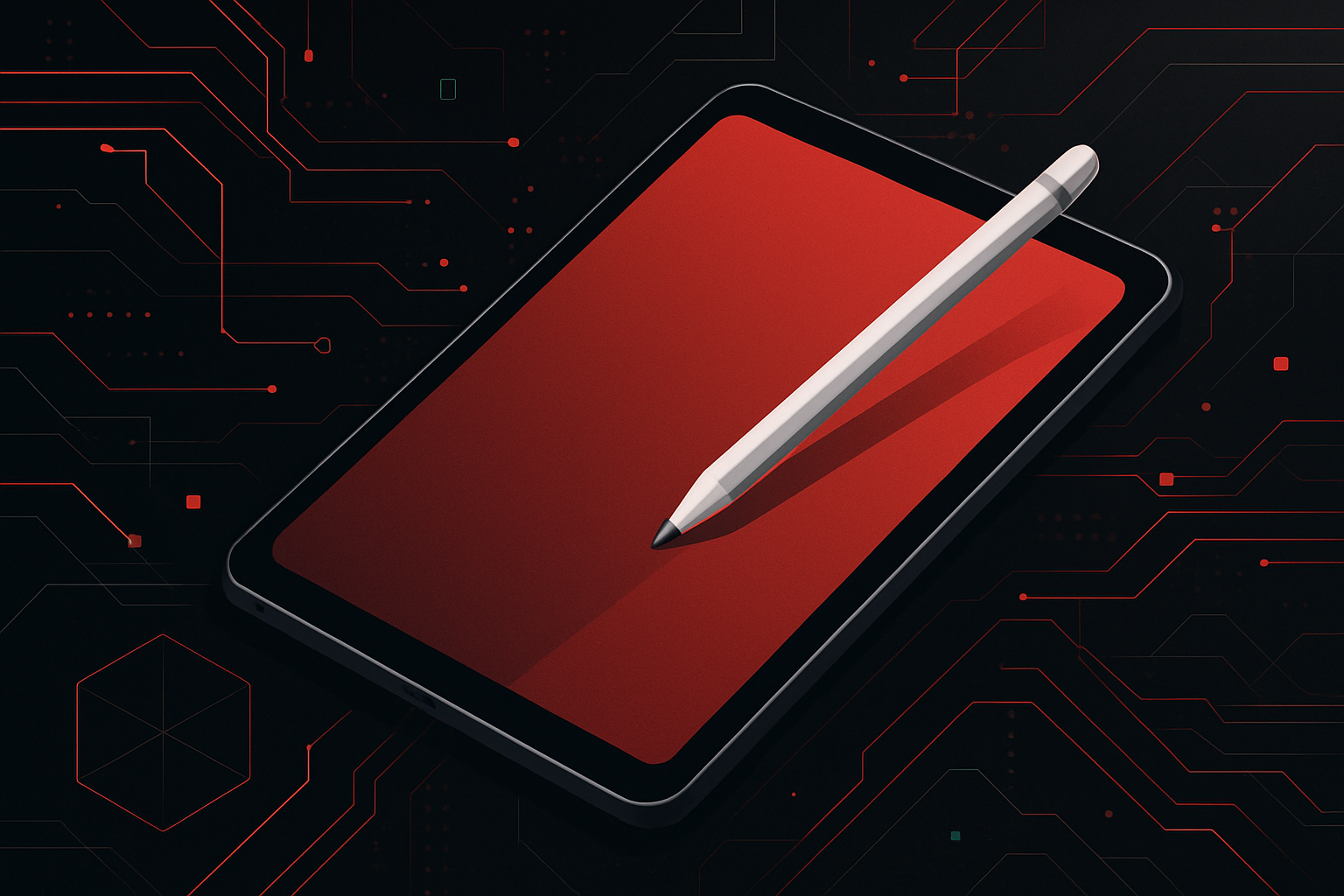Real-World Applications of Reinforcement Learning

Real-World Applications of Reinforcement Learning
Reinforcement Learning (RL) has emerged as a powerful technique in artificial intelligence, enabling systems to learn optimal behaviors through interactions with an environment. This technique is particularly effective in situations where the best course of action is not immediately clear and must be discovered through trial and error. Below, we explore practical applications of RL across various domains.
Autonomous Vehicles
Overview:
Autonomous vehicles rely heavily on RL to make real-time decisions in complex and dynamic environments. The primary challenge is to develop policies that can adapt to unpredictable scenarios on the road.
Technical Explanation:
RL algorithms such as Deep Q-Networks (DQN) and Policy Gradient methods are used to train vehicles. These vehicles must learn to navigate by maximizing a reward function that includes safety, efficiency, and comfort.
Example:
– Waymo and Tesla: Use RL to optimize path planning and decision-making in self-driving cars. By simulating millions of miles of driving, these companies fine-tune their models to handle various driving conditions.
Code Snippet:
import gym
import numpy as np
from keras.models import Sequential
from keras.layers import Dense
from keras.optimizers import Adam
env = gym.make('CarRacing-v0')
model = Sequential()
model.add(Dense(24, input_dim=env.observation_space.shape[0], activation='relu'))
model.add(Dense(24, activation='relu'))
model.add(Dense(env.action_space.n, activation='linear'))
model.compile(loss='mse', optimizer=Adam(lr=0.001))
def train():
# Implement training loop
pass
Robotics
Overview:
In robotics, RL is harnessed to teach robots to perform tasks that require precision and adaptability, such as assembly and manipulation.
Technical Explanation:
Robots are often trained using model-free approaches like Proximal Policy Optimization (PPO) to learn tasks in both simulation and real-world settings.
Example:
– Boston Dynamics: Utilizes RL to enable robots to adapt to new terrains and tasks, enhancing their flexibility and utility.
Key Data:
| Task | RL Algorithm | Performance Metric |
|——————|——————–|——————–|
| Object Grasping | PPO | Success Rate |
| Terrain Adaptation| DDPG | Stability |
Healthcare
Overview:
RL is increasingly used in healthcare for treatment planning, drug discovery, and personalized medicine.
Technical Explanation:
Markov Decision Processes (MDP) are used to model patient treatment as a sequential decision-making problem, optimizing treatment policies over time.
Example:
– IBM Watson: Uses RL to personalize treatment plans by analyzing patient data and predicting outcomes.
Step-by-Step Instructions:
- Define the state space to include patient history and current health indicators.
- Establish a reward function emphasizing treatment efficacy and side effects.
- Apply a suitable RL algorithm (e.g., Q-learning) to derive optimal treatment policies.
Finance
Overview:
In finance, RL is applied for portfolio management, algorithmic trading, and risk management.
Technical Explanation:
RL optimizes trading strategies by learning from historical market data, adapting to market changes, and maximizing returns.
Example:
– J.P. Morgan’s LOXM: Uses RL for executing large orders with minimal market impact, enhancing trade execution efficiency.
Table: RL vs. Traditional Methods in Finance
| Criteria | Reinforcement Learning | Traditional Methods |
|---|---|---|
| Adaptability | High | Medium |
| Data Requirements | Large | Moderate |
| Complexity | High | Low |
| Execution Speed | Fast | Variable |
Game Playing
Overview:
RL has achieved significant milestones in game playing, demonstrating superhuman performance in various games.
Technical Explanation:
Games are ideal environments for RL due to their defined rules and feedback systems. Algorithms like AlphaZero utilize self-play to iteratively improve performance.
Example:
– OpenAI’s Dota 2 Bot: Trained using RL to compete and win against top human players by optimizing strategies through millions of game iterations.
Code Snippet:
from stable_baselines3 import PPO
import gym
env = gym.make('LunarLander-v2')
model = PPO('MlpPolicy', env, verbose=1)
model.learn(total_timesteps=10000)
obs = env.reset()
while True:
action, _states = model.predict(obs)
obs, rewards, done, info = env.step(action)
if done:
obs = env.reset()
The above examples and explanations illustrate how reinforcement learning is transforming industries by providing systems with the ability to learn and adapt in complex environments, paving the way for innovative solutions to real-world problems.





0 thoughts on “Real-World Applications of Reinforcement Learning”